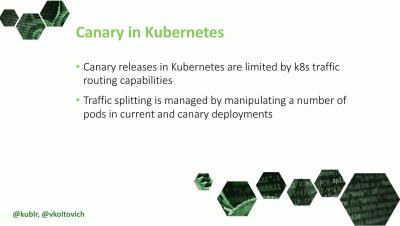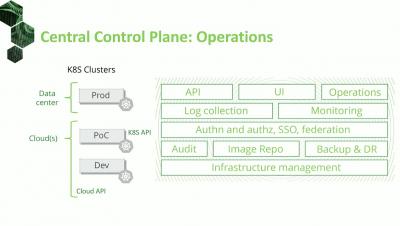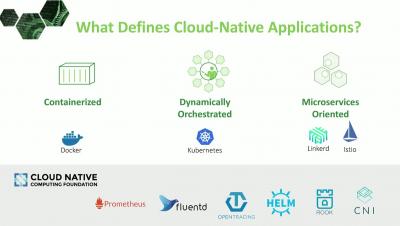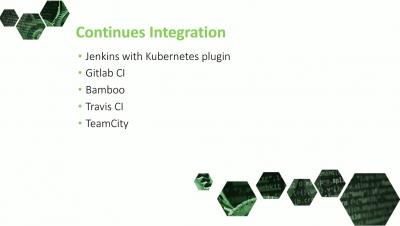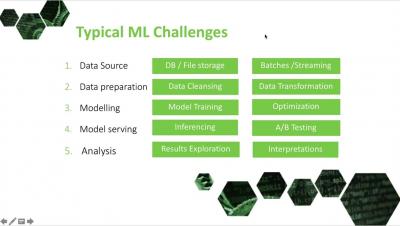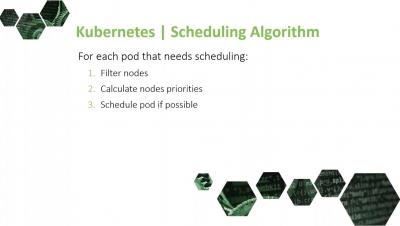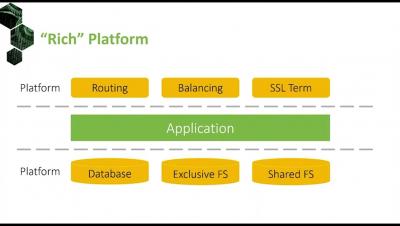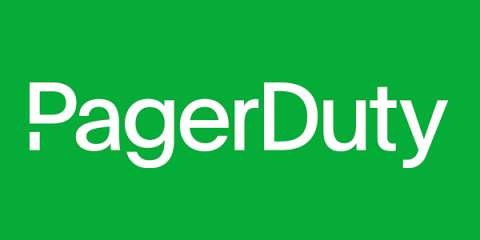Operations | Monitoring | ITSM | DevOps | Cloud
%term
Centralizing Kubernetes and Container Operations
Enabling Digital Transformation with Container Technologies
Application Deployment with Kubernetes
Kubernetes, Data Science and Machine Learning
Implement Advanced Scheduling Techniques in Kubernetes
Dev How You Want. Run Where You Want: Application Portability with Kubernetes
Resolve Acquires FixStream: IT Automation + AIOps in One Powerful Platform
Powering Jira Workflows with Real-Time Messaging
Tens of thousands of developers and product teams around the world use Jira for issue tracking and project management. While Jira helps software development teams increase productivity, streamline collaboration, and improve issue prioritization, it does come with its fair share of pain points—just like virtually every other piece of technology.
Healthcare IT Trends and Challenges
Technology and digitization are disrupting every industry—and healthcare is no exception. In this time-critical industry, patient care needs to be efficient and convenient. This is increasingly evidenced by the rise of individualized healthcare via direct-to-consumer (D2C) and convenience care models such as telemedicine to find doctors, pay bills, schedule appointments, order prescription refills, receive consultations, and more.


